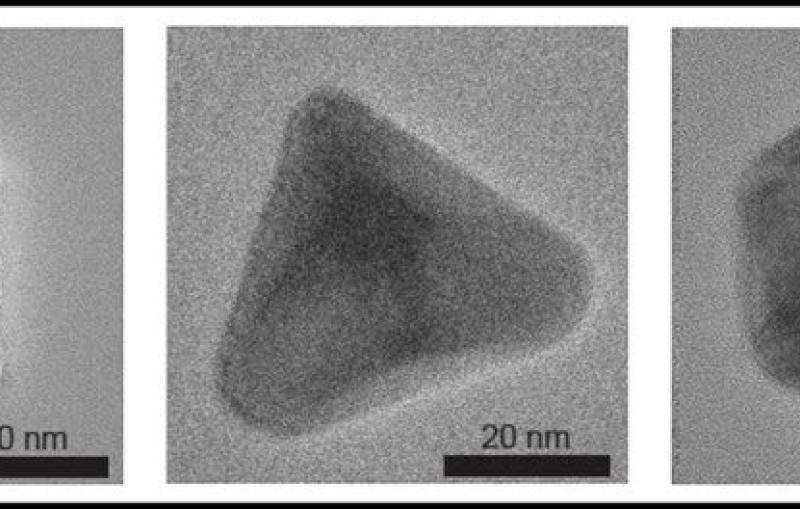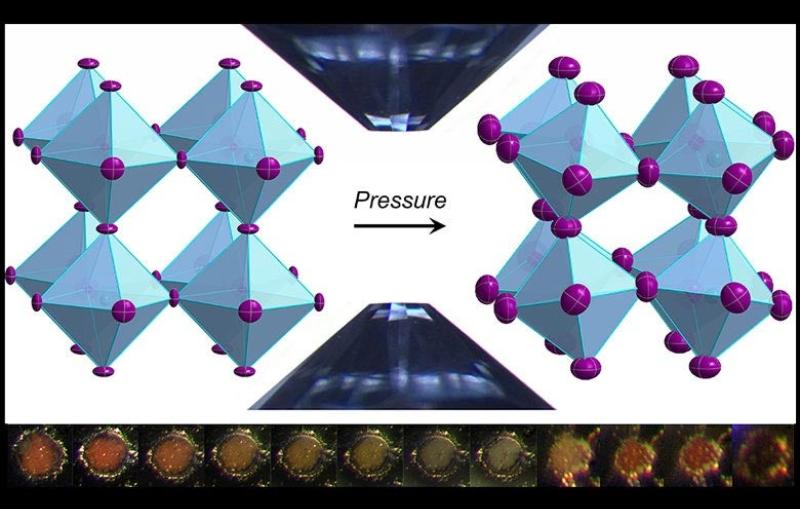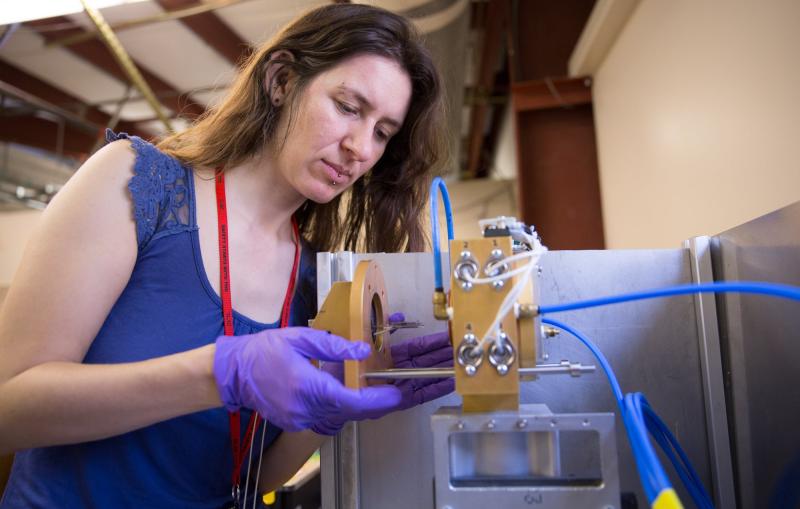News Feature
VIA Stanford News
SIMES Engineers Look Inside Nanoparticles to Explore How Their Shape Improves Energy Storage

News Feature




SLAC develops materials to improve the performance of batteries, fuel cells and other energy technologies and set the stage for technologies of the future.
Related link:
Energy sciences




